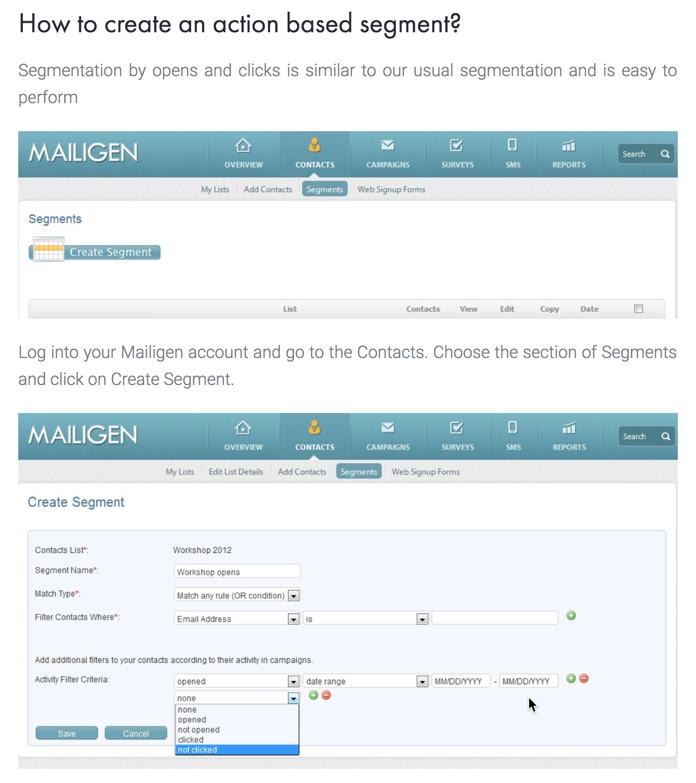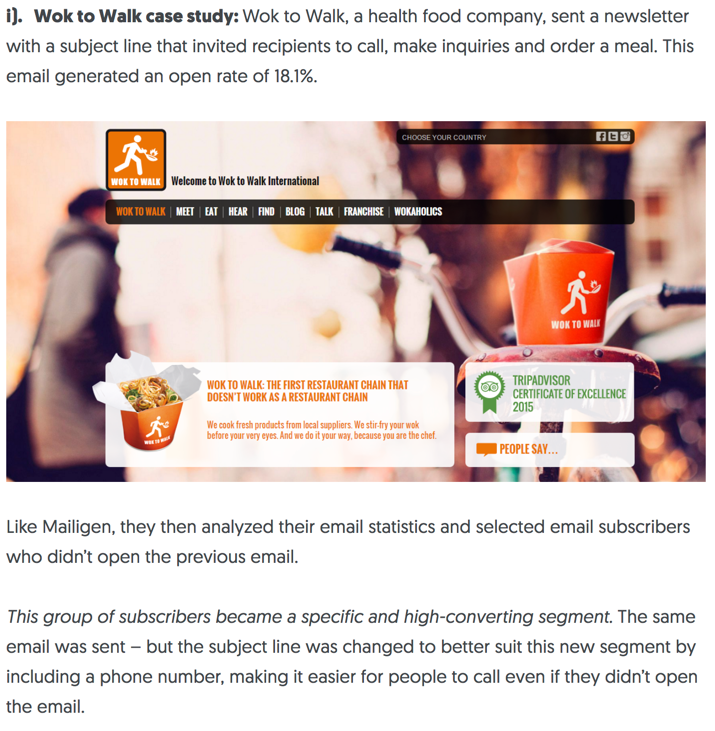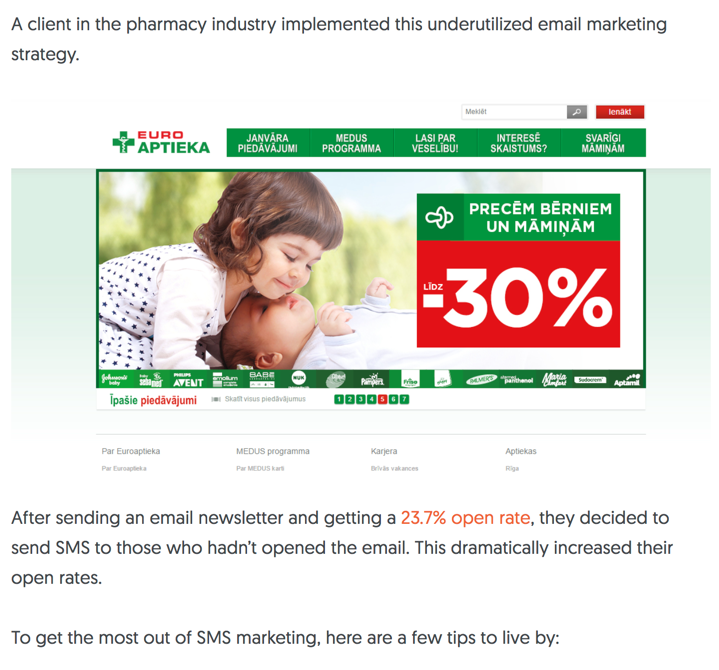With so many ways to advertise and promote your brand these days, from social media marketing and websites, blogs, podcasts, and videos, some people wonder if email marketing is dead. Well, according to some pretty convincing studies, it’s not!
Even though email marketing “experts” have been leaning toward this idea for the past three years or so, it has still not come to pass in the way that they expected. Automation, social media marketing, blogs, and other types of marketing all have their place. But they can never seem to replace the effects of a well-designed and planned out email marketing plan.

The Value of Email Marketing
Email Marketing is a great way to promote your brand and your products or services to a large number of people at the same time. By simply creating a list that you can market to, you create a distribution list to pull from that you can advertise to, no matter what you are doing with your brand.
3 Email Marketing Case Studies to Follow
We’ll take a look at these case studies and provide information about email marketing. Then you can decide for yourself.

1. MailiGen Case Study
In this study, the company used an email marketing technique known as “behavioral segmentation” to increase and improve open rates. This technique is based on behavioral psychology and how it relates to consumer spending and decisions regarding marketing. By segmenting your audience into groups that are similar in their goals and behaviors, you can save a great deal of time and money and increase your ROI at the same time.
The ultimate goal of MailiGen was to create more value for their customers. Simply by increasing their knowledge of who their central audience is, the company was able to increase this value with their primary audience and cut their audience “down to size.”
The result is also a more relevant ad or campaign, as well. Since you cut out a lot of the clutter, you don’t waste time on the other factors that are weighing down your ad strategies.
The process:
Mailgen selected for their experiment subscribers who had not opened their marketing emails and they resent the emails with an improved headline. Instead of “Use symbols for emails,” they redid the title to read, “Make your emails stand out with symbols.” This second email was more focused on the result people would get and it produced an open rate of 20%.
About a week later, they then selected another subpopulation of people who had not responded to the first email and they further tweaked the subject line to be more compelling. The second title said, “Send emails with awesome symbols in subject.”
Results:
About 8.6% of the ones who failed to respond to the first email responded to the second one. The same email newsletter generated a 29.1% open rate with this strategy.
This email marketing study shows how powerful email marketing can be if you just go the extra mile and think “outside the box.” By segmenting the group to a smaller subsection of the entire email marketing list, you will be able to cut into the target audience on a different level and improve your results.

2. Wok-to-Walk Case Study
In another email case study, the Wok-to-Walk health food company attempted to jumpstart their company’s marketing techniques by sending a newsletter to invite recipients to call in and order a meal. The email generated an open rate of 18.1%.
Process:
They subsequently analyzed their email statistics and selected subscribers who did not open the previous email. They also analyzed their subject line and ended up changing it to suit their audience. They included a phone number that made it easier to call even if they did not open the email.
Results:
The second email resulted in an additional 7.7% of subscriber reactions, resulting in a much higher level of email engagement.

3. Euro Aptieka
The Euro Aptieka Pharmaceutical Company found a need to increase their mobile response rate as well as email marketing results. They decided to send SMS messages as a follow-up to those people who did not open their original email. Traditional email is effective when people are on their desktop computers but with the move to more mobile device types, it has become important to make websites more mobile-friendly as well as to be present on a variety of platforms, formats, and channels so that you can appeal to your target market.
Sending an SMS text message to mobile users who do not respond to emails may be a good way of getting around the desktop restrictions to appeal to mobile users.
Process:
To perform this type of email marketing, just note the phone number of people who are failing to respond to emails. Then send a follow-up text message. For the Euro Aptieka Corporation, they tried this technique after compiling a list of people who did not respond.
Results:
This resulted in a 23.7% open rate.
While this is a great result and it apparently increased the response and open rates of people who get their email on mobile devices or receive text messages, remember there are some requirements to make sure you are in compliance with the current FTC regulations. So make sure and read up on this before launching.
Some General Rules for Email Marketers
So there you have it! Some great case studies that show how to revamp an ineffective email marketing campaign and turn it into something that results in more open rates and responses. If you enjoyed the case studies above, you should also check out these email case studies on how top brands and bloggers are using their mailing lists to increase brand awareness and revenue. While there are some regulations to some of these techniques such as sending SMS messages as follow-ups, further segmenting the population, and retargeting your email marketing campaigns, you may be able to target your audience in ways that you may not have considered before.
Whatever you decide, keep these case studies close at hand and then think about how you do with your own email marketing strategies. Then consider what your goals are regarding email marketing. Email marketing, like any other type of marketing, should never be used in isolation. Rather, like the other types of marketing, it should be part of a coordinated effort to streamline your marketing strategies to where it will do the most good.
Remember, it all starts with one step.

Think Outside the Box
The most important thing you should keep in mind when working on your ad strategies is to use whatever works on a practical level. No two businesses are the same. The same is true of email marketing techniques. What works for one business may not work with others so it involves a bit of a “trial-and-error” approach to find the best one.
Ignore the idea that email marketing is dead. It’s not true. However, it is a type of platform that requires some constant retargeting and remarketing and correlation to physical mailers and other materials in order to reach your advertising goals.
Create emails that catch the attention of your target audience. The rest should take care of itself.
“One small step for man..one giant leap for mankind.” -Neil Armstrong
